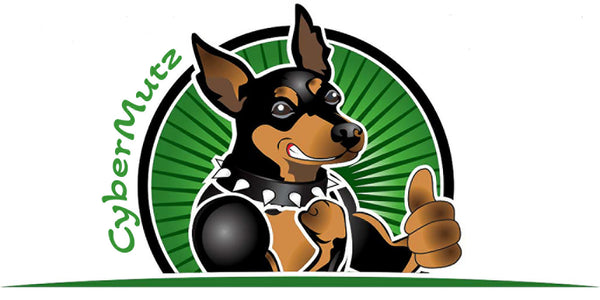
Does My Dog Get Jealous? Signs and How to Respond
Share
Does My Dog Get Jealous? Signs and How to Respond
Ever notice your dog nudging in when you’re hugging someone, barking when you’re petting another animal, or acting out when a new pet or baby comes home? If so, you might have wondered: Does my dog get jealous?
The short answer is: Yes, dogs can display jealousy-like behaviors. While it might not be exactly the same as human jealousy, their emotional responses can be surprisingly close.
Let’s dig into what canine jealousy looks like, why it happens, and how to respond in a healthy, effective way.
🐶 What Jealousy Looks Like in Dogs
Dogs are highly social animals who form strong bonds—not just with other dogs, but with you. When they feel that bond is threatened, they may act out to regain your attention or reassert their place in your social circle.
Here are common signs your dog might be feeling jealous:
-
Pushing between you and another person or pet
-
Barking, whining, or pawing for attention
-
Destructive behavior (chewing, digging, etc.)
-
House soiling, even if previously potty-trained
-
Growling or snapping at whoever’s getting attention
-
Clinginess or excessive following
-
Sudden regression in training
These behaviors are often rooted in insecurity—not spite. Your dog doesn’t want to punish you; they’re trying to communicate a need.
🧠 Why Dogs Get Jealous
While jealousy in humans is complex and cognitive, in dogs it’s more about resource guarding and social attachment. You are their most valuable resource—source of food, affection, and safety.
Triggers may include:
-
New pet or baby in the home
-
Paying attention to another dog, animal, or person
-
Less one-on-one time
-
Major schedule or lifestyle changes
-
Visible affection toward others in their presence
Dogs are observant. They don’t need words to notice a shift in your energy or priorities.
✅ How to Respond to a Jealous Dog
Here’s how to manage jealousy while reinforcing trust and good behavior:
1.
Acknowledge, Don’t Punish
Scolding a jealous dog often reinforces the behavior—because even negative attention is still attention. Instead, reward calm behavior and ignore pushy actions when safe.
2.
Divide Attention Fairly
If you have multiple pets or a new baby, try to spend focused time with each one. Dogs thrive on quality interactions.
3.
Practice Positive Reinforcement
Reward your dog when they stay calm during moments that usually trigger jealousy (e.g., petting another animal). Over time, they’ll associate those situations with good outcomes.
4.
Set Boundaries
It’s okay to train your dog not to jump into laps or interrupt social time. Use simple commands like “stay” or “place,” and praise when they obey.
5.
Rebuild Confidence
Give your dog extra structure—routine walks, training sessions, and problem-solving games can help them feel secure and engaged.
💡 When to Seek Help
If jealousy leads to aggression, destructive behavior, or chronic stress, it’s time to involve a trainer or behaviorist. These professionals can help you work through the root cause and avoid escalation.
❤️ Final Thought: Jealousy Is a Sign of Attachment
Your dog isn’t trying to be difficult—they just miss the connection. Jealousy is a sign that your bond matters. With the right balance of boundaries, consistency, and love, you can ease your dog’s anxiety and strengthen your relationship.
